Stainless Steel Pitting – Preventions & Controls
What is Pitting? Corrosion is the primary phenomena which can cause damage to metallic parts. Of the many forms of corrosion, pitting is one of the most troublesome processes. Pitting corrosion is very localized corrosion which normally occurs in metals which are covered by a passive oxide film such as Aluminium and Stainless Steel. Pitting takes the form of small holes on the surface of the metal. These holes can be of different shapes and depth. The pitting process is initiated in the presence of a highly reactive cation such as Chloride or bromide ions present in acidic or salt solutions. The process can even occur when there is little oxygen available.
Why is Pitting Dangerous? Pitting Corrosion occurs when the protective or passive oxide layer is damaged mechanically or chemically, exposing the un-oxidized metal below to the electrolytic solution. The other reasons can be the poor application of protective layer, or when non uniformities are present in the metal. Although pitting is localized, it is a very destructive process. Pitting is specially dangerous because it can be difficult to detect because of the small size of the cavities and because the holes may be covered by the products of corrosion. Even though the holes may appear to be small on surface, there may be a significant amount of undercut below the surface making corrosion seem lower than it actually is.
Role of Pitting Cavities: As the cavities spread, the amount of metal in the cross section of the region decreases leading to an increase in stress which can cause sudden failure at that point. This is the biggest danger of Pitting that it can cause failure with only a small percent of material loss from the entire structure. Additionally it can be difficult to predict pitting with laboratory tests or to measure quantitatively because of the large degree of variance in the size and depth of the cavities.
Pitting Prevention and Control: To avoid any adverse effects, prevention is the first of defense. To prevent pitting the first factor that needs to be considered is the use of the proper metal grade according to the service environment conditions. The environment should be controlled in order to ensure a safe pH and reduced chloride levels. The surface of the metal part should be kept clean and fluid should not be allowed to accumulate on it. If the environment cannot be controlled then a resistant ally should be used.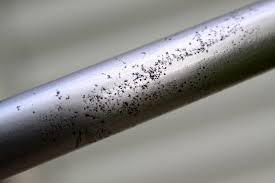
Normally stainless steels with a high percentage of Molybdenum such as SS 317 is more resistant to pitting. Additionally resistant coatings or polishes can also be applied on the surface of the metal to prevent pitting and cathodic protection can also be used.
If pitting has already occurred in a part then steps should be taken to control it and to repair that part. This can be done by buffing the surface of the part with an iron free abrasive to create an even surface again. A better but more expensive measure could be to carry out electroplating or electropolishing of the surface which would fill in the gaps left by corrosion and add further material on the surface.
Welding can be carried out to fill in the gaps left In case of components such as impellers and centrifugal compressor blades and shafts, powered metal can be sprayed on the affected area using high energy thermal spray according to the type of metal and finish. Vacuum Cladding can also be performed for critical parts.



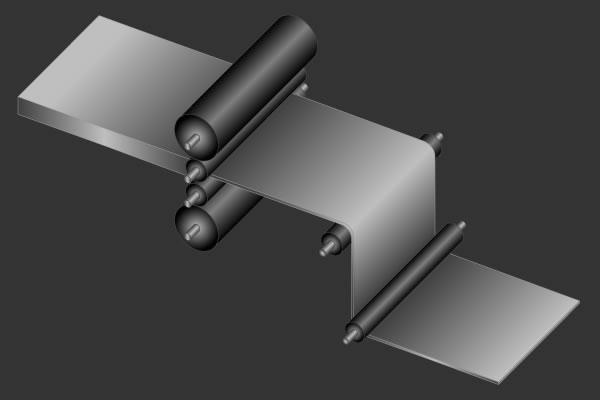
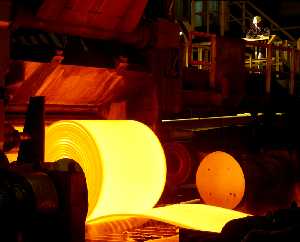

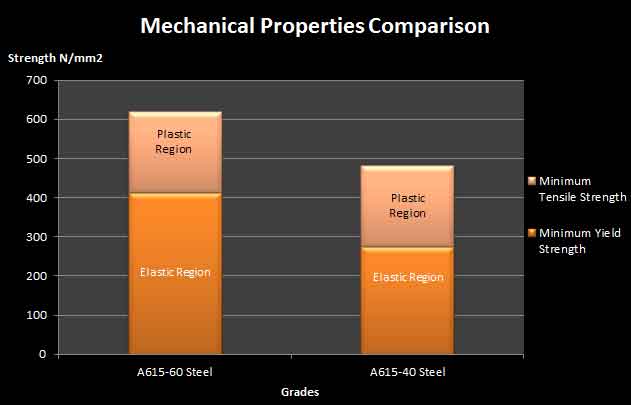
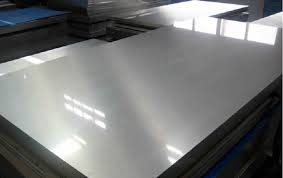
Please tell me how to cure/rectify this problem if we have an issue throughout our building as it is been fixed to its position.